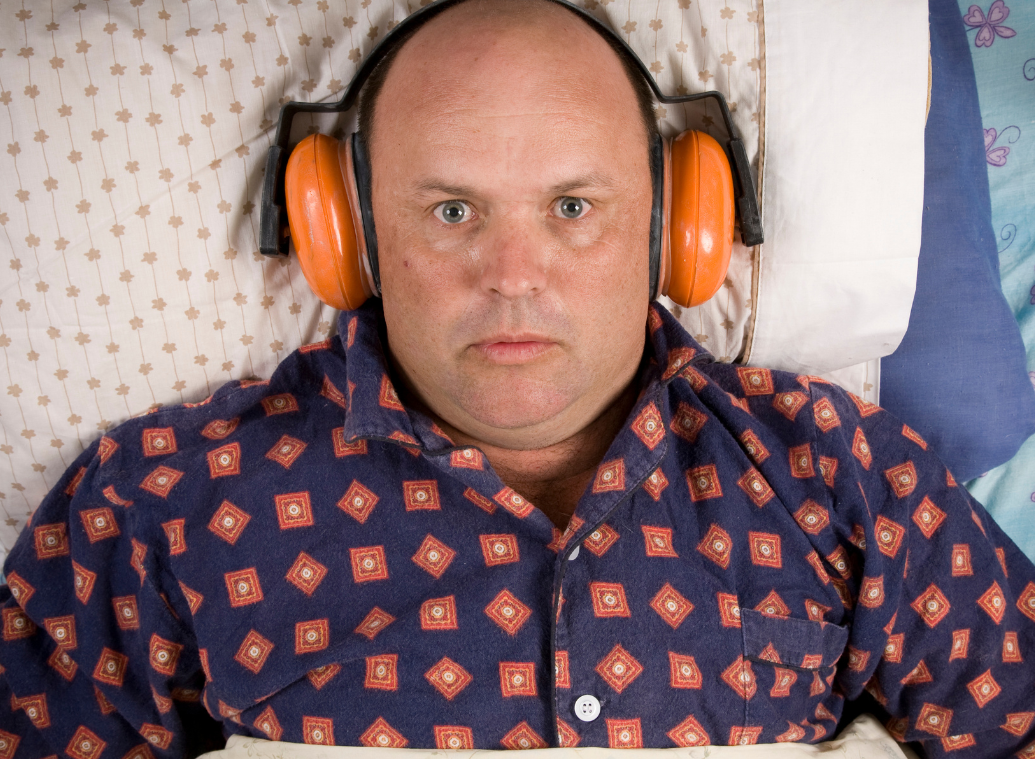- Home
- Forums
- General forums
- Research and useful tips - Ankylosing spondylitis
- 7 Driving Tips for Ankylosing Spondylitis
7 Driving Tips for Ankylosing Spondylitis
- 63 views
- 1 support
- 2 comments
All comments
![]()
GloriaG
Good advisor
![]()
GloriaG
Last activity on 28/02/2023 at 00:50
Joined in 2018
107 comments posted | 47 in the Research and useful tips - Ankylosing spondylitis group
4 of their responses were helpful to members
Rewards
-
Good Advisor
-
Contributor
-
Messenger
-
Committed
-
Explorer
-
Friend
Thank you for posting this, most informative. I have trouble getting in and out of my car. I don't drive anymore but sit in the passenger seat. Getting up into the car ( a high SUV type thing ) requires a step and I stand on that and then swing my legs up and wriggle/slide as best I can. Speed bumps are a problem, so is my driver when he speeds up a bit on these bad mountainous roads. But this is Indonesia where road conditions are not the best in the world. Getting out is worse. It hurts my tail bone so much when I have to slide on to the step. The seat presses on my lower spine. Wonder if you can buy a mini escalator for people like us..LOL I wish. Good luck with your challenges everyone. G

JosephineO
Community managerGood advisor
![]()
JosephineO
Community manager
Last activity on 15/07/2024 at 09:21
Joined in 2018
989 comments posted | 32 in the Research and useful tips - Ankylosing spondylitis group
6 of their responses were helpful to members
Rewards
-
Good Advisor
-
Contributor
-
Committed
-
Explorer
-
Evaluator
-
Friend
@GloriaG Thanks for sharing Gloria, it does seem like it would be especially hard to move with the roads being super turbulent as well. Maybe lots of extra pillows and cushions could help also.
Do you still drive? Have other members read these tips for driving? Any to add? :) @Peter1982 @Kevin24 @StephenP198 @Jacksie @Wisewords1603 @LucieH @lout1970 @lucia.c @Sonialouise @thelicencee @MadAllie @mazz63 @Anapsp @Runrig @Nanapear @Terrypepper @Nenenoo @deucy777 @Missyd @Omcneill13 @JeanES @JOHANTON @Lynnie61 @Kellcorsa @april007 @gipsytoast @foxym19 @lizziedawson @southenddes
See the signature
Josephine, Community Manager
Give your opinion
Survey
Articles to discover...
Subscribe
You wish to be notified of new comments
Your subscription has been taken into account








Margarita_k
Good advisor
Margarita_k
Last activity on 07/10/2020 at 11:39
Joined in 2016
1,195 comments posted | 32 in the Research and useful tips - Ankylosing spondylitis group
2 of their responses were helpful to members
Rewards
Good Advisor
Contributor
Messenger
Committed
Explorer
Evaluator
Driving a car when you have ankylosing spondylitis can present a number of potential challenges. From getting in and out of cars, to turning your head and body to check for other cars while on the road to sitting for long periods of time, there’s good chance that some part of the process may cause anxiety or discomfort.
But for all the potential pitfalls of driving, there are a number of steps you can take to make the process easier. Try these tips the next time you get behind the wheel for a safer, more comfortable, and more enjoyable trip.
1. Use good technique for entering and exiting the vehicle.
Getting in and out of your car is often difficult for people with ankylosing spondylitis, especially if your car is lower to the ground.
To reduce the need to twist your torso or bend over too much, it is recommended to get into your car by first sitting down, with your legs still outside of the vehicle. Once you’re seated, you can then pivot your body and bring your legs into the vehicle with minimal effort.
To get out of your car, go through the same process in reverse — pivot your body to bring your legs out of the door, then stand up to exit the vehicle.
2. Practice good driving posture.
It’s important to sit in a way that doesn’t put too much stress on your back or neck. In practice, this means that for most people, the ergonomics are better when you’re more upright.
While it’s seldom possible to do this while driving, the optimal sitting posture, is to have your hips, knees, and ankles all at a 90-degree angle. When you get in the car, take a few minutes to make sure the seat is the correct distance from the pedals, the seat back is at an appropriate angle, and the steering wheel is at a position to allow this alignment. The closer you stick to this position while driving, the more likely you’ll avoid fatigue due to muscle straining.
But this isn’t a hard and fast rule. Everyone’s ideal alignment is slightly different, and you may even find that different positions become more comfortable as your spinal alignment changes over time.
3. Try a lumbar pillow for support.
An extra pillow behind your lower back can make a big difference in your comfort level. This may be a pillow specifically designed for lower-back support, or it can just be a small decorative or throw pillow — anything, that can easily be moved around and adjusted for the optimal position.
The way car seats are designed is not for comfort, but for safety. For this reason, it’s often up to you to use aids that make the experience more comfortable, she explains.
4. Consider using a neck pillow.
Because of how car headrests are built, your head may be pushed forward in an uncomfortable way if your seat is in the proper position to support your back.
A lumbar pillow may help reduce this effect, but if you find that the upper part of your head is still pushed forward too much, a neck pillow can help even out the pressure and reduce strain on your neck.
It’s important not to restrict the range of motion in your neck, since it’s vital for driving safety to be able to turn your head. For this reason, a U-shaped pillow is probably not a good idea. Instead, try a narrow cylinder-shaped pillow, or a rectangular throw pillow similar to those used for lumbar support.
5. Experiment with heat (and cold).
If you experience back pain while driving, try using a heating pad. Many heating pads have the extra benefit of functioning as support pillows, as well — for your neck or your lower back.
Another option for some people, of course, is to use heated seats. Some of my patients say that their ‘happy place’ is sitting in their car with the seat and back warmer on.
But some types of pain, — particularly radiculopathy, or nerve pain in the spine — respond better to cold than to heat. In these cases, it’s probably best to ice the affected area ahead of time, rather than trying to do this while you drive.
6. Explore using extra mirrors.
Sometimes, the stock mirrors in your car don’t offer as wide a view as they ideally would for someone with ankylosing spondylitis, since moving your head into the optimal position to see something often means moving not just your neck, but also your torso.
When the complaint is restricted range of motion because of stiffness, she often recommends snap-on mirror extensions for both the rear-view and side mirrors.
Another option that’s especially good for parents of young children, is a special mirror, mounted above the back seat at an angle, that lets the driver see what’s happening there in the rear-view mirror.
7. Take breaks and move around.
Even if your posture is excellent, sitting in the driver’s seat for too long can still cause pain and stiffness. Maintaining static positions for long periods of time can increase inflammation and pain sensations.
For many people with ankylosing spondylitis, sitting still for longer than 30 or 40 minutes may cause significant discomfort and isn’t advisable. Other people can go slightly longer, but it’s generally not good to go above 50 or 60 minutes.
If you’re going on a long trip or have a long commute, take breaks to help reduce stiffness-related pain. Do some stretches, walk a little bit, loosen things up — and then you can get back to driving.
Source: everydayhealth.com